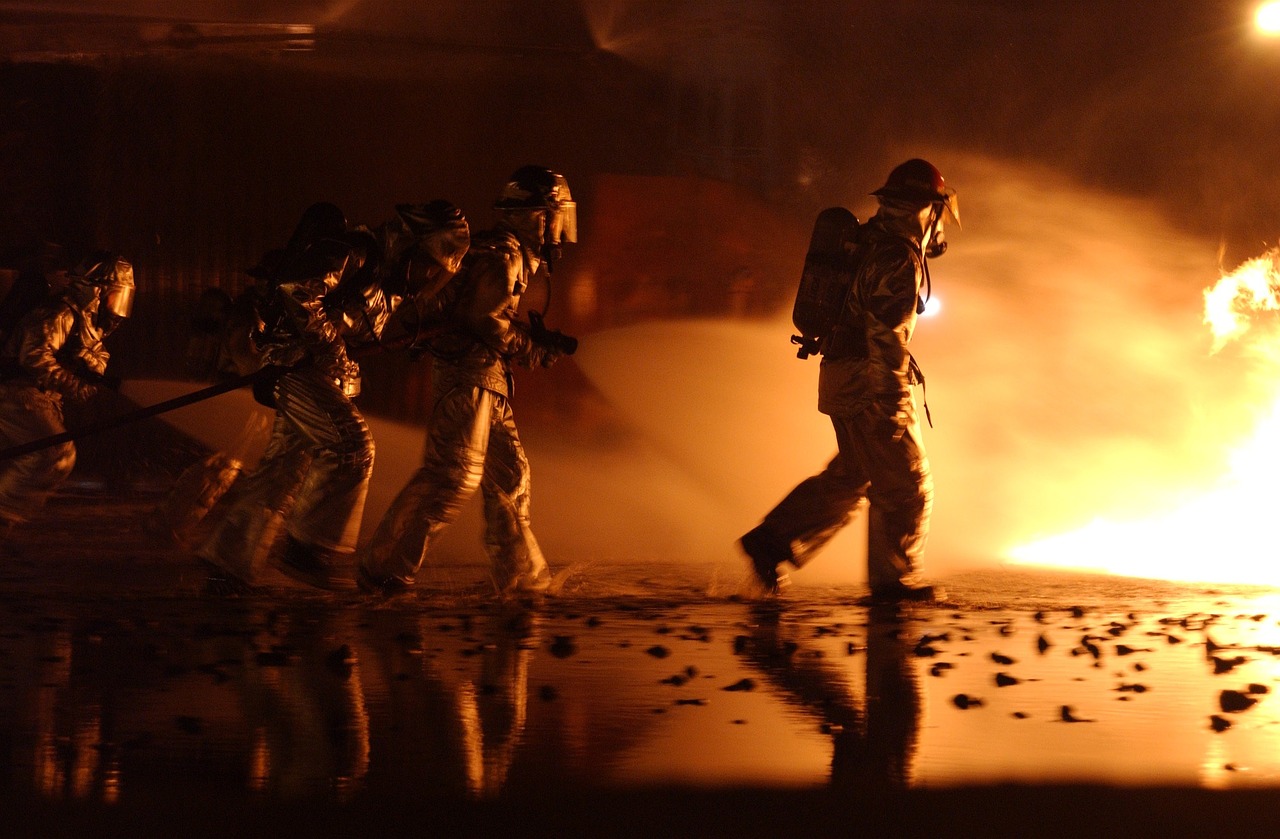Finger Pointing 101
Well, it happened again! A major fire struck a high-rise building, resulting in fatalities to civilians and injuries to firefighters. Who is to blame? Some wanted to blame the fire service because the building was lacking built-in fire protection equipment. Others wanted to blame the building for exactly the same reason. The game of finger pointing is well known when it comes to fires of this magnitude and nature.
Honolulu Mayor Kirk Caldwell went on television to say that this will never happen again in his city. There are some who would say that is a promise that is very hard to fulfill. This is because as soon as the smoke clears from the sky, enthusiasm will begin to wane and politicians will start responding to specialized interests. Who would like to make a bet with me about whether or not the buildings are retrofitted in the immediate future?
Mayor Caldwell made a statement that the building was built in 1971 and therefore did not have a sprinkler system.1 Was the technology available to deploy sprinklers in high-rise buildings in 1971? The answer is unquestionably yes. The Chief of the Honolulu Fire Department Manuel Neves indicated that there were over 100 firefighters committed to the suppression operation. If we assume a four-person staffing level in Honolulu, that is 25 engine companies, if we assume a three-person staffing, 33 engine companies.
If we went back to 1971 when the building was built, I will bet you we could identify a whole host of special interests that would not support sprinklering that building. Several occupants of the building made comments that they did not know the building wasn’t sprinklered. Yet, it is not uncommon for tenants to oppose the sprinkler systems for no other reason than it may cost them when the rent goes up.
“Without a doubt, if there were sprinklers in this apartment, the fire would be contained to the unit of origin,” the fire chief explained to reporters.2 That truism is almost 100 years old with regard to fire sprinkler protection. Yet in 1971 a decision was made and the price was paid in less than 50 years for that error. Another question we might ask is, “How much longer are we going to continue to allow high-rise buildings to be used without sprinklers?” It is a pretty lame excuse to say that the building was too old. There are buildings with 100-year-old sprinkler systems in them all over the country. As one fire official quoted in the Honolulu fire said, “Everyone is interested in fire safety until we get into talking about money.”3
Interestingly enough, the news media now seems to be sharing this information in a much more positive vein. In a story by Shawn Ching, Hawaii News Now made an excellent case for retrofitting. One of the most prophetic lines in the story states: “After last week’s fire, we are now more aware than ever of the difference systems can make.”4
Modern fire codes are making real inroads into requiring sprinklers in high-rise buildings. Those who are advocates of fire sprinklers should be very proud of the effort that has gone into updating the codes and making sprinklers a mandatory part of the construction of these mega buildings, but a significant problem still remains. How many more buildings do we have out there that are not sprinklered? How many more casualties will still occur in buildings where sprinklers were not mandated “at the time”?
The technology is not the same as it was in 1971. The industry has become much more competent in retrofitting buildings, yet that will not preclude special interest groups attempting to disrupt Honolulu’s efforts to reduce risk through retrofitting.
A rhetorical question we might ask is why do we have to mandate fire sprinklers in the first place? They are a common-sense solution to a complex problem. Going back in history in sprinkler protection, there is a chapter that really resonates with me. It has to do with the textile industry. We were experiencing large-loss fires in the textile industry in the northeastern portion of the country. Sprinklers were not mandated because they hardly existed, but within a few decades of voluntary installation, sprinklers were identified as a front line of defense for textile mills. Common sense prevailed and the systems proliferated. After a very short experience with the efficiency of sprinklers, there was a need to formalize the design features. This gave impetus to the creation of the National Fire Protection Association (NFPA).
The adoption of automatic fire protection systems has increased significantly since the turn of the century. Today we are confronted with a dual problem. The first is the idea that we have to mandate sprinklers before they are required. That is an economic question that still begs an answer. The second question is what are we going to do about the structural inventory that often exceeds the local fire department’s ability to cope without stripping the rest of the community resources to fight a high-rise fire?
Some may say that this is a code development issue and they would be partially right. Nationally, the code development process is excellent and provides up-to-date codes for adoption. But, still, there are huge variations in the adoption of these codes. Code adoption review identifies many states and local entities that have weakened and diluted the requirements of the model consensus code.5
In summary, we can expect a continuation of losses of life and property in high-rise buildings while they remain unsprinklered. The degree to which we remedy that situation will be when we no longer have to apologize for failure to install or retrofit them in the first place.
REFERENCES:
1. “No Sprinklers at Honolulu High-Rise Where Three Died,” Associated Press, Sacramento Bee, July 16, 2017
2. Doudek, James, Three Killed, Twelve Injured in High-Rise Fire in Honolulu, July 15th, 2017
3. Ibid
4. Ching, Shawn, News Anchor, Hawaii News Now
5. Understanding the Roles and Challenges of our Nations Fire and Emergency Services, 2017 White Paper, Congressional Fire Service Institute
 ABOUT THE AUTHOR: Ronny J. Coleman is currently the president of Fireforceone. He is a past president of the IAFC and CFAI. Over his lifetime, he has received numerous awards including the AFSA’s 1989 Henry S. Parmelee Award, the 2011 Mason Lankford Award from the Congressional Fire Services Institute, and the Tom Brennan Lifetime Achievement Award from Fire Engineering in 2014. He continues as a contributor to the fire service in many ways.
ABOUT THE AUTHOR: Ronny J. Coleman is currently the president of Fireforceone. He is a past president of the IAFC and CFAI. Over his lifetime, he has received numerous awards including the AFSA’s 1989 Henry S. Parmelee Award, the 2011 Mason Lankford Award from the Congressional Fire Services Institute, and the Tom Brennan Lifetime Achievement Award from Fire Engineering in 2014. He continues as a contributor to the fire service in many ways.
 Sprinkler Age A Publication of the American Fire Sprinkler Association
Sprinkler Age A Publication of the American Fire Sprinkler Association
